Electroplating
- Home
- Surface Finishing
- Electroplating
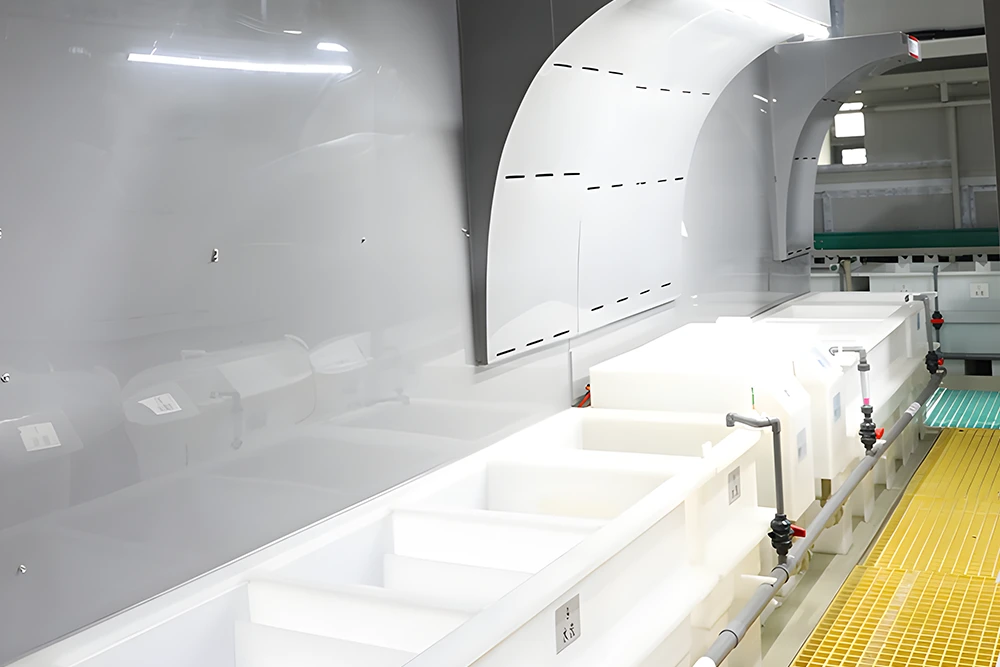
What's Electroplating?
Electroplating is one of the most common surface treatment processes for parts, applicable to both metals and plastics. Electroplating involves placing the metal to be plated as the cathode in a solution containing the desired plating metal, with the plating metal or another inert conductor as the anode. Through electrolysis under direct current, a firmly bonded metal film is formed on the surface of the substrate.
The purpose of electroplating is to enhance the appearance of the material while imparting various physical and chemical properties to the surface, such as corrosion resistance, decorative quality, wear resistance, solderability, and electrical, magnetic, and optical properties.
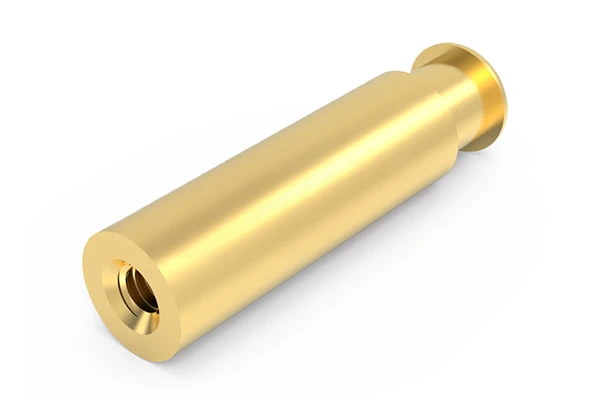
Gold Plating
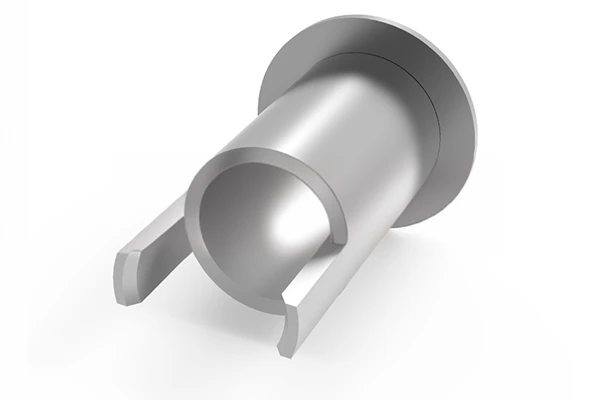
Nickel Plating
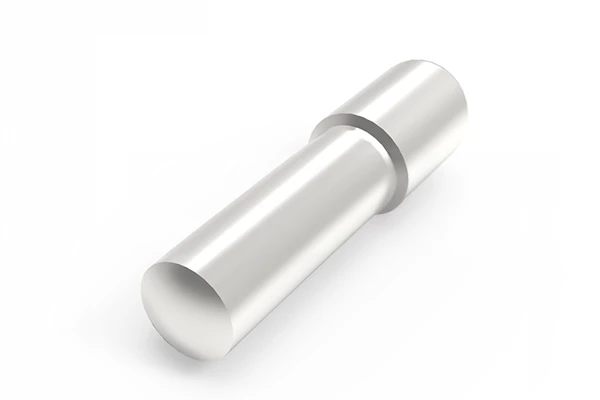
Silver Plating
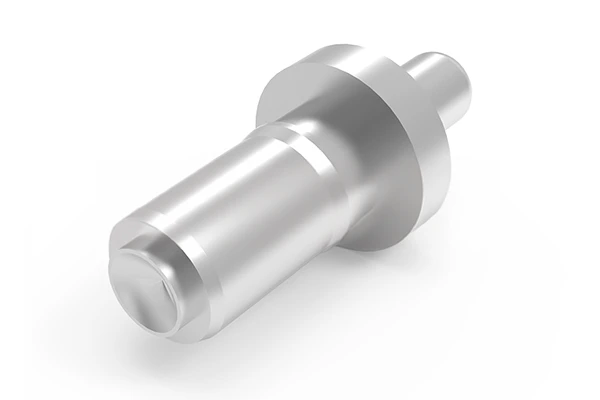
Platinum Plating
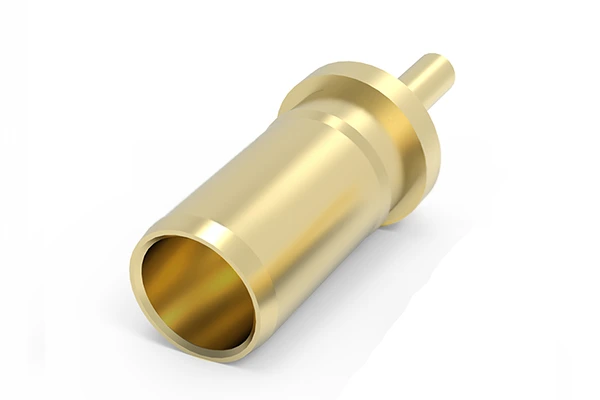
Copper-Tin-Zinc Plating
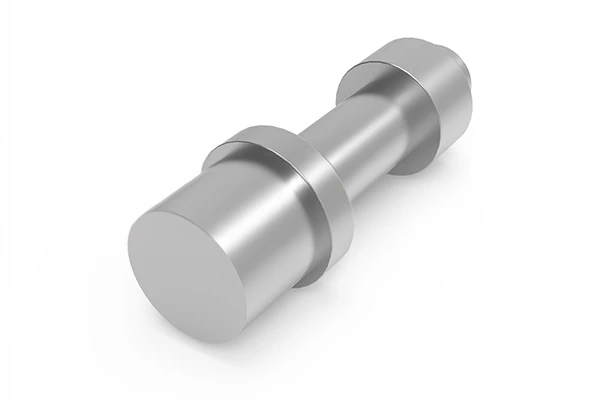
Nickel-Tungsten Plating
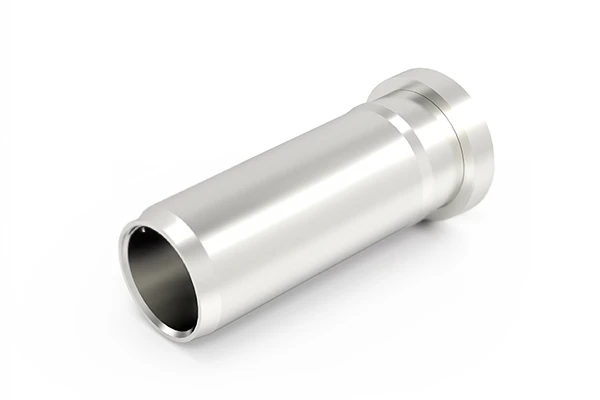
Silver-Tungsten Plating
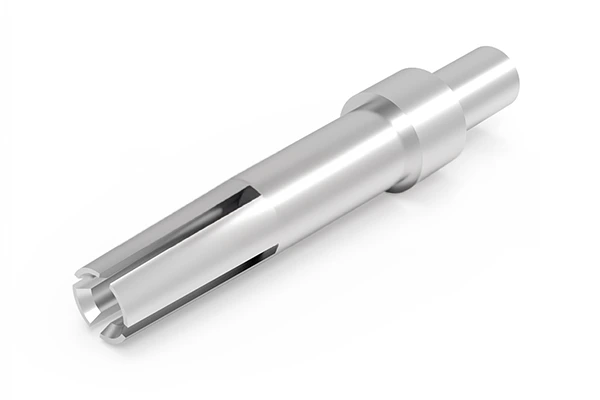
Palladium-Nickel Plating
Zinc plating, copper plating, and chrome plating are most commonly applicated types of electroplating.
Electroplating Options
| Electroplating Type | Price |
|---|---|
| Zinc Plating | $ |
| Copper Plating | $ |
| Chrome Plating | $$ |
| Nickel Plating | $ |
| Gold Plating | $$$ |
| Silver Plating | $$$ |
| Platinum Plating | $$$ |
| Palladium-Nickel Plating | $$$ |
| Nickel-Tungsten Plating | $$ |
| Silver-Tungsten Plating | $$$ |
| Ternary Alloy Plating | $$ |
| Electroless Nickel Plating | $$ |
Identifying the Quality of Electroplating Processes
The coating is thin (3-15μm), with a specified thickness tolerance of ±10%.
The surface coating thickness is substantial, at least 20-50μm.
The surface coating is consistent in every corner of the product, with high precision
The coating is uneven, with low precision.
The coating has good adhesion and does not peel off.
The coating has poor adhesion and easily peels off
The coating has good adhesion and does not peel off.
There is a risk of the coating peeling off when exposed to high temperatures
FirstMold’s electroplating supplier has been working with us for over ten years and has been tested by hundreds of our customers. You don’t have to worry about any quality issues related to electroplating. We have extensive experience in electroplating rapid prototypes, injection-molded parts, and more.
Design Considerations of Electroplated Plastic Parts
Material Selection
Plastic materials should ideally be electroplating-grade ABS
Defect-Free Surface
The surface of plastic parts must be free of defects.
Avoid Sharp Edges
The surface of plastic parts should preferably not have sharp edges.
Structural Strength
The structural strength of plastic parts should be good to prevent deformation.
Blind Holes
The depth of the blind holes should not exceed half the diameter to avoid poor electroplating at the bottom
Fixation for Weak Structures
The product design should include a reliable fixing structure to correct deformation defects after plating.












